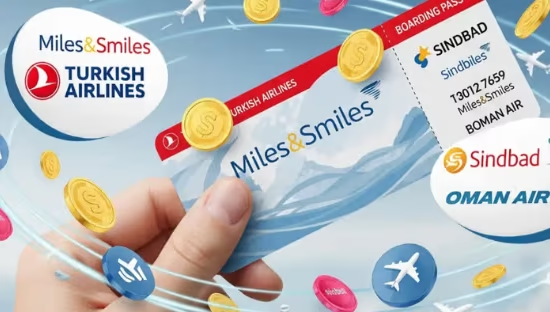
Transforming Communication: How CPaaS Solutions are Revolutionizing Business Interaction
CPaaS vs UCaaS: Understanding the Key Differences for Your Business
The landscape of corporate interaction has taken a dramatic turn with the advent of communications platform as a service (CPaaS). This burgeoning technology is reshaping how companies engage with customers, collaborate across teams, and redefine the user experience. In an age where immediacy and customization are king, CPaaS stands as a beacon of innovation, offering tailor-made communication tools that integrate seamlessly with existing business workflows. As we delve into the world of CPaaS, it becomes clear why so many organizations are choosing to embrace this technology.
Transforming Communication: The Rise of CPaaS in Modern Business
The rise of CPaaS represents a paradigm shift in how companies interact with their clientele and employees. Historically, businesses relied on a patchwork of communication tools that often lacked cohesion and flexibility. With the integration of CPaaS, enterprises are now deploying sophisticated communication networks that are both agile and cost-effective. Adaptability to consumer needs has become more streamlined, allowing for real-time engagement in a variety of contexts. With their inherent capabilities, CPaaS Solutions are becoming the building blocks of modern communication strategies.
The technological foundations of CPaaS are empowering businesses to create a suite of communication applications that were previously impossible or impractical. This level of customization and integration allows for a smoother internal workflow and a more consistent customer experience. As a result, businesses are reporting higher levels of customer satisfaction and increased efficiency in operations.
Unpacking CPaaS: What It Is and How It Works
CPaaS is a cloud-based platform that allows businesses to add real-time communication features to their existing applications without the need for backend infrastructure or interfaces. This platform provides APIs and software tools that enable the incorporation of voice, video, and messaging services directly into business apps and services. CPaaS platforms are developer-friendly, offering the flexibility to customize features that align with specific business needs.
Understanding the nuts and bolts of CPaaS is crucial for recognizing its potential impact. When a company adopts a CPaaS solution, it is essentially leveraging a potent set of development frameworks to build unique communication experiences.
Moreover, the flexibility offered by CPaaS solutions supports a vast range of industries, from burgeoning startups needing to establish robust customer support channels to established multinational companies seeking to unify their communication tools across global offices.

CPaaS Solutions: Enhancing Collaboration and Customer Engagement
In the domain of collaboration, CPaaS fosters an environment where teamwork can thrive regardless of location or device. It facilitates video conferencing, shared workspaces, and instant messaging, enabling teams to work together in real-time. This seamless connectivity is paramount in today’s globalized work culture, where remote and hybrid work arrangements are becoming the norm. CPaaS bridges the gap between different communication mediums, ensuring that the flow of ideas remains uninterrupted.
On the customer engagement front, CPaaS solutions empower businesses to interact with their customers on a personalized level. For instance, retail companies can use CPaaS to send customized offers and alerts through SMS, or health services can deploy reminders and health updates.
Security is another aspect where CPaaS excels, particularly with sensitive customer interactions. Advanced encryption and compliance with regulations such as the General Data Protection Regulation (GDPR) and the Health Insurance Portability and Accountability Act (HIPAA) mean that businesses can ensure their communications are secure and trustworthy. As a result, customers feel more comfortable engaging with services that prioritize their privacy and data protection.
Overcoming Traditional Communication Barriers With CPaaS Technology
One of the most significant roadblocks in traditional communication systems has been silos between different channels and tools. CPaaS dismantles these barriers by offering a unified platform from which all forms of communication can be managed. No longer do businesses face the headache of incompatible systems; CPaaS creates a harmonious ecosystem where data and conversations flow freely across channels.
International communication also benefits from the CPaaS model. With capabilities like multilingual support and global reach, CPaaS makes it viable for businesses to maintain a consistent brand voice across diverse geographic locations. This uniformity is critical for companies looking to expand their international footprint while providing localized customer experiences.
Addressing client needs promptly is essential in fostering positive business relationships. Traditional systems often impede this with their lag in response times. CPaaS, however, enables instantaneous interaction that customers have come to expect in the digital age. Whether through chatbots that provide immediate answers or push notifications that keep customers informed, CPaaS ensures businesses are always connected with their end-users.
CPaaS stands as a cornerstone of modern business communication, fostering a dynamic where efficiency, personalization, and innovation converge. As the digital landscape evolves, CPaaS will continue to be at the helm, shaping how businesses interact, collaborate, and thrive in an interconnected world.










